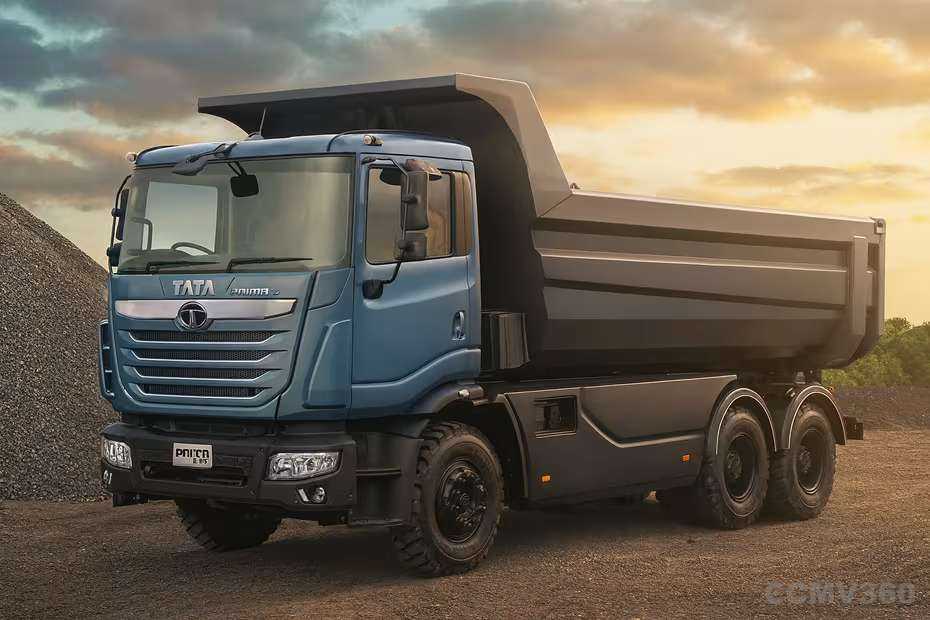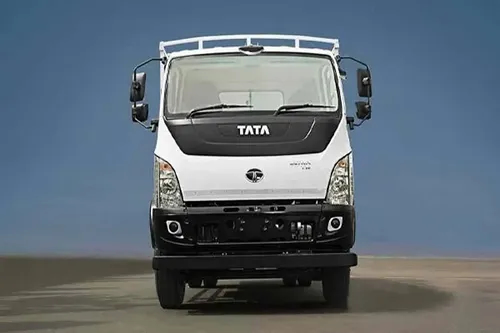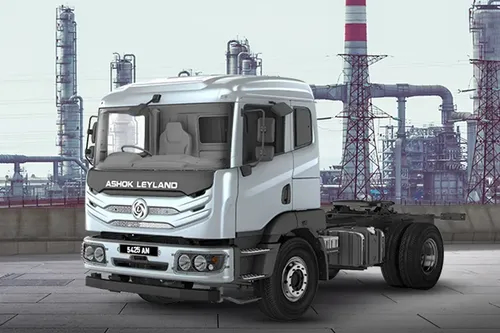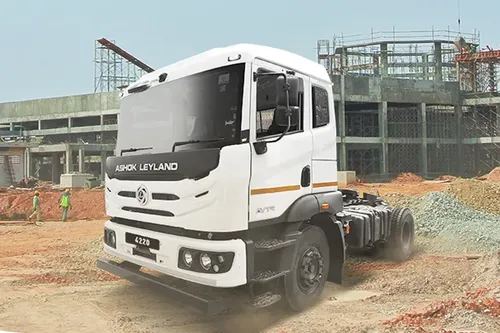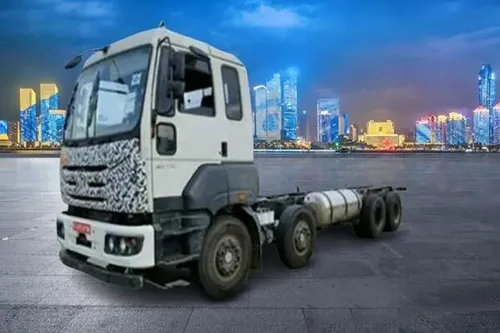Ad
Ad
Weather Based Crop Insurance Scheme (WBCIS)
Weather based crop insurance scheme (WBCIS) is a type of agricultural insurance that helps farmers mitigate the financial risks associated with crop loss due to adverse weather conditions. This insurance is designed to protect farmers against potential losses caused by a variety of weather-related factors, including insufficient or excessive rainfall, high or low temperatures, frost, and humidity.

The insurance is based on the idea that certain weather conditions can have a significant impact on crop yields and can lead to significant financial losses for farmers. For example, a lack of rainfall can cause crops to dry out and fail, while excessive rainfall can lead to flooding and damage to crops. High temperatures can also cause crops to wilt and die, while low temperatures can damage or kill crops.
To take out weather-based crop insurance, farmers need to provide information about the type of crop they are growing, the location of their farm, and the expected yield for that crop. The insurance company will then use this information to calculate the premium for the insurance policy.
When a weather-related event occurs that causes crop damage, the farmer can make a claim to the insurance company. The insurance company will then conduct an assessment of the damage and calculate the amount of compensation to be paid to the farmer. The compensation is usually based on the difference between the expected yield and the actual yield.
Weather-based crop insurance is an important tool for farmers, as it helps to mitigate the financial risks associated with crop loss due to adverse weather conditions. This can provide farmers with greater peace of mind, knowing that they have a safety net in place in case of crop loss.
Crops Covered under the Weather Based Crop Insurance Scheme
Weather-based crop insurance provides coverage for a variety of crops, including:
- Major food crops such as cereals, millets, and pulses
- Oilseeds
- Commercial or horticultural crops
The crops covered under this insurance are those that are considered to be at a higher risk of being affected by weather-related factors such as rainfall, temperature, frost, and humidity. This includes staple food crops like cereals, millets, and pulses, as well as oilseeds and commercial/horticultural crops that are grown for sale or trade.
Farmers covered under Weather based crop insurance
Weather-based crop insurance is available to all farmers, including sharecroppers and tenant farmers, who are growing the notified crops in the notified areas. However, to be eligible for coverage, these farmers must have an insurable interest in the insured crop. This means that they must have a financial stake in the crop and stand to lose money if the crop is damaged.
Non-loanee farmers, or those who do not take out seasonal agricultural operation (SAO) loans from financial institutions, are required to submit necessary documentary evidence of land records and/or applicable contract/agreements details (in case of sharecroppers/tenant farmers) in order to be eligible for coverage.
On the other hand, loanee farmers, or those who do take out SAO loans for the notified crops, are covered on a compulsory basis under the scheme.
The scheme is optional for non-loanee farmers. They have the choice to choose between Weather-based crop insurance scheme (WBCIS) and Pradhan Mantri Fasal Bima Yojana (PMFBY) and also the insurance company.
Weather Perils covered under Weather based crop insurance
Weather-based crop insurance aims to protect farmers against the financial losses caused by adverse weather conditions. The following perils are typically covered under this type of insurance:
Rainfall - Deficit rainfall, excess rainfall, unseasonal rainfall, rainy days, dry-spell, and dry days.
Relative humidity - The amount of moisture in the air can have a significant impact on crop yields, and insurance coverage can help mitigate the financial risks associated with high or low humidity.
Temperature - High temperatures (heat) and low temperatures can both damage or kill crops, and insurance coverage can help farmers recoup their losses in the event of a crop failure due to extreme temperatures.
Wind speed - Strong winds can cause damage to crops, and insurance coverage can help farmers recoup their losses in the event of a crop failure due to high wind speeds.
A combination of the above - Adverse weather events that involve a combination of the above perils can also be covered under weather-based crop insurance.
Add-on/Index-Plus products - Hailstorms and cloud-bursts may also be covered as add-on/Index-Plus products for those farmers who have already taken normal coverage under WBCIS.

It is important to note that the perils listed above are only indicative and not exhaustive, and insurance companies may consider additional or deletion of perils based on availability of relevant data.
Insurance Period or Risk Period In the Weather-based crop insurance
The risk period, also known as the insurance period, is the time during which a farmer is covered under a weather-based crop insurance policy. This period typically begins at the time of sowing and ends at the time of crop maturity. The duration of the risk period will vary depending on the specific crop and weather parameters chosen, and may also depend on the reference unit area. The specific risk period for a given crop will be notified by the State Level Coordination Committee on Crop Insurance (SLCCCI) before the commencement of the risk period.
Premium Rates for Weather Based Crop Insurance Scheme (WBCIS)
The premium rates for weather-based crop insurance policies vary depending on the type of crop being insured:
- For Kharif season food and oilseed crops, including all cereals, millets, oilseeds, and pulses, farmers are required to pay a maximum of 2.0% of the sum insured or the actuarial rate, whichever is lower.
- For Rabi season food and oilseed crops, the maximum insurance charge is 1.5% of the sum insured or the actuarial rate.
- For crops that are grown during both Rabi and Kharif seasons, such as annual commercial and horticultural crops, the maximum insurance charge is 5% of the sum insured or the actuarial rate.
It is important to note that these premium rates are subject to change and the actual premium rate may be determined by the insurance company based on an actuarial calculation.
Insurance Companies in WBCIS
The Weather-Based Crop Insurance Scheme (WBCIS) is implemented by both public and private sector insurance companies that have been empanelled by the Department of Agriculture & Cooperation (DAC) and Farmers Welfare of the Government of India, and have been selected by the respective state government or union territory.

Operation Process of the Weather Based Crop Insurance Scheme (WBCIS)
- The Weather Based Crop Insurance Scheme (WBCIS) is designed to protect farmers from losses in crop yields due to adverse weather conditions such as unseasonal rainfall, high temperatures, frost, and humidity.
- The scheme operates on the concept of the "Area Approach," where a "Reference Unit Area" (RUA) is defined as a homogeneous unit of insurance.
- This RUA is linked to a Reference Weather Station (RWS) and the current weather data is used to process claims. The State Government notifies the RUA before the start of the season.
- Under the Area Approach, all insured cultivators of a particular crop within the RUA are considered to be on equal footing in terms of claim assessment, as opposed to the "Individual Approach" where claims are made for each individual farmer.
- In the event of an adverse weather incidence, such as a deviation in actual temperature from the temperature trigger specified in the Benefit Table, all insured cultivators under that crop are deemed to have suffered the same adverse deviation and become eligible for claims, subject to the terms and conditions of the Scheme.
- The triggers for adverse weather incidence are set in a way to capture the impact on crop yields.
- Claims are processed when there is a deviation in the actual weather parameter incidence in the RUA as measured by the RWS.
- The Reference Weather Station at the Block or Tehsil level generally reflects the weather experience of individual cultivators within the RUA, even though weather conditions may vary from day to day in smaller geographical areas. However, over a period of two weeks, a month, or a season, the weather experience evens out.
Difference Between Weather Based Crop Insurance Scheme (WBCIS) and National Agricultural Insurance Scheme (NAIS)
- NAIS covers all risks including drought, excess rainfall, flood, hail, pest infestation, etc. WBCIS covers weather-related risks like rainfall, frost, heat, humidity, which account for most crop losses.
- NAIS design is easy if 10 years' historical yield data is available, while WBCIS requires 25 years' historical weather data and has technical challenges in designing weather indices.
- NAIS has high basis risk, while WBCIS has high basis risk for rainfall and moderate for others.
- NAIS has relatively low objectivity and transparency, WBCIS has relatively high.
- Quality losses are not considered in NAIS, but reflected to some extent in WBCIS.
- NAIS has high loss assessment costs while WBCIS has none.
- NAIS has delays in claims settlement while WBCIS has faster settlement.
- Government's financial liabilities are open-ended in NAIS and close-ended in WBCIS.
FAQs on Weather Based Crop Insurance Scheme (WBCIS)
Q1. What are the covered risks under WBCIS?
Ans: The WBCIS covers farmers against weather-related risks such as rainfall, frost, heat, humidity, etc.
Q2. Is WBCIS a better option than other crop insurance schemes?
Ans: The choice of crop insurance scheme depends on the individual farmer's specific needs and circumstances. WBCIS covers only weather-related risks, whereas other schemes may cover a wider range of risks.
Q3. How is WBCIS designed?
Ans: WBCIS is designed based on historical weather data and the correlation between weather indices and yield losses. Technical challenges can arise in designing weather indices and the scheme requires up to 25 years of historical weather data.
Q4. Is there any basis risk associated with WBCIS?
Ans: Yes, there is a basis risk associated with WBCIS, especially for rainfall. However, it is moderate for other weather parameters such as frost, heat, and humidity.
Q5. How does WBCIS reflect quality losses?
Ans: WBCIS reflects quality losses to some extent through the weather index.
Q6. Are there any costs involved in WBCIS?
Ans: No, there are no loss assessment costs involved in WBCIS.
Q7. How are claims settled under WBCIS?
Ans: Claims under WBCIS are settled faster than in other crop insurance schemes.
Q8. What is the government's financial liability in WBCIS?
Ans: The government's financial liability in WBCIS is budgeted up-front and close-ended as it supports the premium subsidy.
Features & Articles
Popular Volvo Luxury Buses in India 2026: Complete Guide to Volvo Buses Prices, Specs, and Key USPs
Premium Volvo buses in India explained with prices, features, and specifications. Detailed guide covering Volvo 9400 and Volvo 9600 luxury coaches, safety, comfort, and t...
06-Jan-26 11:28 AM
Read Full NewsTop 10 Commercial Vehicles to Buy in India in 2026
Explore the top 10 commercial vehicles in India for 2026, including cargo trucks, pickups, buses, and electric three-wheelers with prices, specs, payload, mileage, and be...
06-Jan-26 05:12 AM
Read Full NewsTop 5 Tata Pickup Trucks in India 2026: Prices, Specs & Best Models Compared
Explore the top 5 Tata pickup trucks 2026 with prices, specs, payload, mileage, and features. Compare Tata truck prices in India and choose the best pickup for your busin...
30-Dec-25 01:11 PM
Read Full NewsEXCON 2025 Spotlight: Tata Motors Unveils Powerful New Diesel, CNG & Electric Commercial Vehicles for Construction and Mining
Tata Motors showcases powerful diesel, CNG, and electric commercial vehicles at EXCON 2025, highlighting innovation, productivity, sustainability, and advanced solutions ...
18-Dec-25 10:26 AM
Read Full NewsAshok Leyland 1920 vs 2820 Tipper Comparison: 6-Wheeler or 10-Wheeler – Which Is Better for Construction & Mining?
Compare Ashok Leyland 6 wheeler vs 10 wheeler tipper trucks. Detailed 1920 vs 2820 comparison covering price, specs, GVW, performance, usage, and buying guidance for cons...
17-Dec-25 12:29 PM
Read Full NewsTata Starbus Buses in India 2025: City, Suburban, Ultra & Staff Buses Models Explained in Detail
Explore the Tata Starbus 2025 range in India, including City, Sub Urban, Ultra, and Staff Contract buses with prices, features, seating capacity, and performance details....
15-Dec-25 12:16 PM
Read Full NewsAd
Ad






